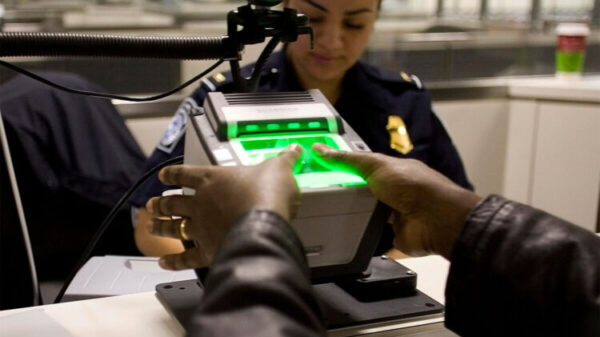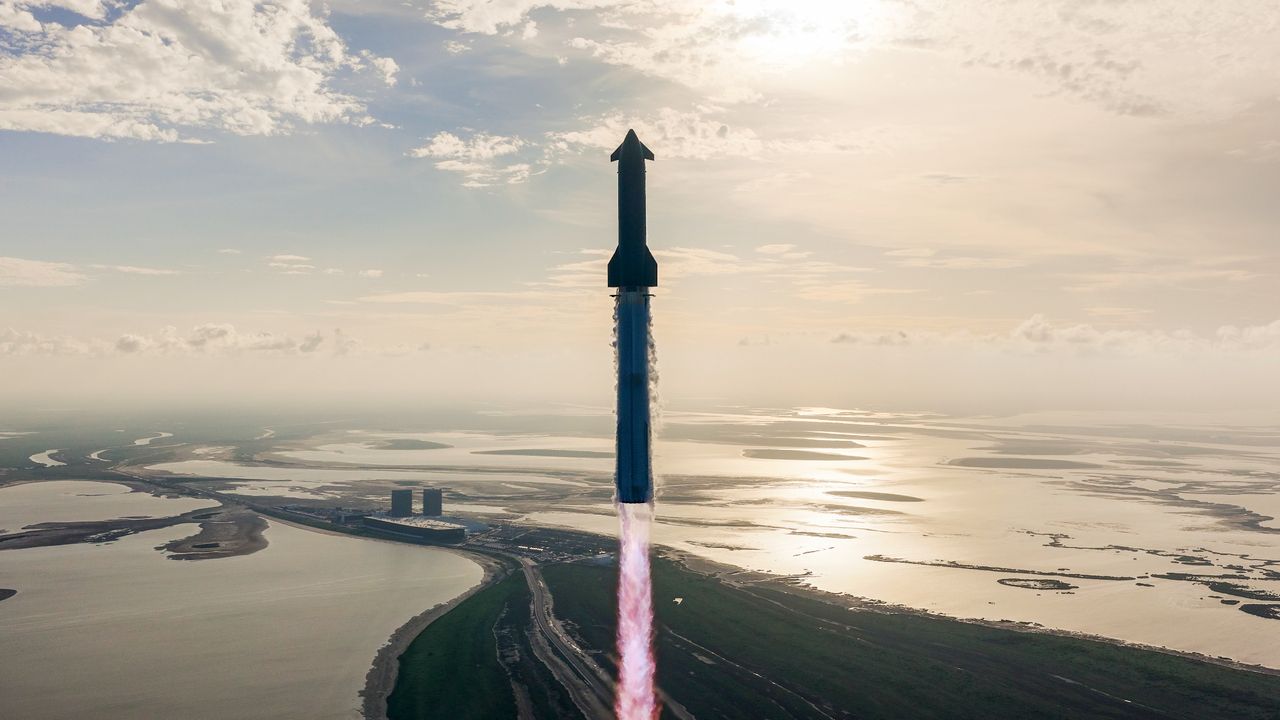On August 26, 2023, SpaceX’s Starship successfully completed its tenth test flight, achieving significant objectives that mark a pivotal moment in the development of the world’s first fully reusable launch vehicle. The launch took place at 19:30 EDT (23:30 GMT) from SpaceX’s Starbase facility in South Texas, showcasing the rocket’s enhanced capabilities.
Flight 10 was described by SpaceX as both ambitious and eventful. The company reported that “every major objective was met,” providing essential data to refine designs for the next generation of Starship and its booster, the Super Heavy. This progress is crucial for SpaceX’s long-term goal of enabling human settlement on Mars, a vision championed by the company’s founder and CEO, Elon Musk.
Following a series of challenges in earlier test flights, where the upper stage was lost prematurely in three separate missions earlier in the year, this successful launch represents a significant turnaround. In January and March, the upper stage exploded shortly after liftoff, while in May, it disintegrated upon reentry into Earth’s atmosphere. Further complicating preparations, another Starship was lost in a test-stand explosion in June.
Despite these setbacks, Flight 10 proceeded smoothly. The Starship vehicle completed its journey to space and back, executing a controlled splashdown in the Indian Ocean, off the coast of Western Australia, approximately 66.5 minutes post-launch. While the vehicle sustained some damage during reentry and exploded upon hitting the water, this outcome was anticipated.
Key Achievements and Innovative Tests
Notably, during Flight 10, SpaceX intentionally removed some heat-shield tiles from the Starship for research purposes. This decision allowed the team to gather valuable data on the vehicle’s performance under stress conditions, pushing the boundaries of its capabilities.
Starship’s upper stage also accomplished several milestones prior to its splashdown. It successfully deployed eight dummy versions of SpaceX’s Starlink broadband satellites, a first for a Starship mission. Additionally, the upper stage re-ignited one of its engines in space, demonstrating a critical capability needed for operational flights.
The Super Heavy booster performed admirably as well. After separating from the Starship upper stage, it navigated to its designated splashdown zone in the Gulf of Mexico. Unlike its prior mission, where it disintegrated upon landing, the booster executed a successful landing burn. It completed this maneuver by intentionally disabling one of its three center engines during the final phases of descent, a strategy that could enhance future operational versions of the Super Heavy.
SpaceX highlighted the importance of the data collected during this flight, stating, “Over the course of a flight test campaign, success will continue to be measured by what we are able to learn.” Flight 10 emphasized the value of stress-testing vehicle capabilities while delivering an engaging experience for observers.
As SpaceX continues to refine its technology and push the boundaries of space travel, the outcomes of this latest test will undoubtedly inform future missions. This successful launch not only revitalizes interest in the Starship program but also reiterates SpaceX’s commitment to making space exploration more accessible and sustainable.





































































